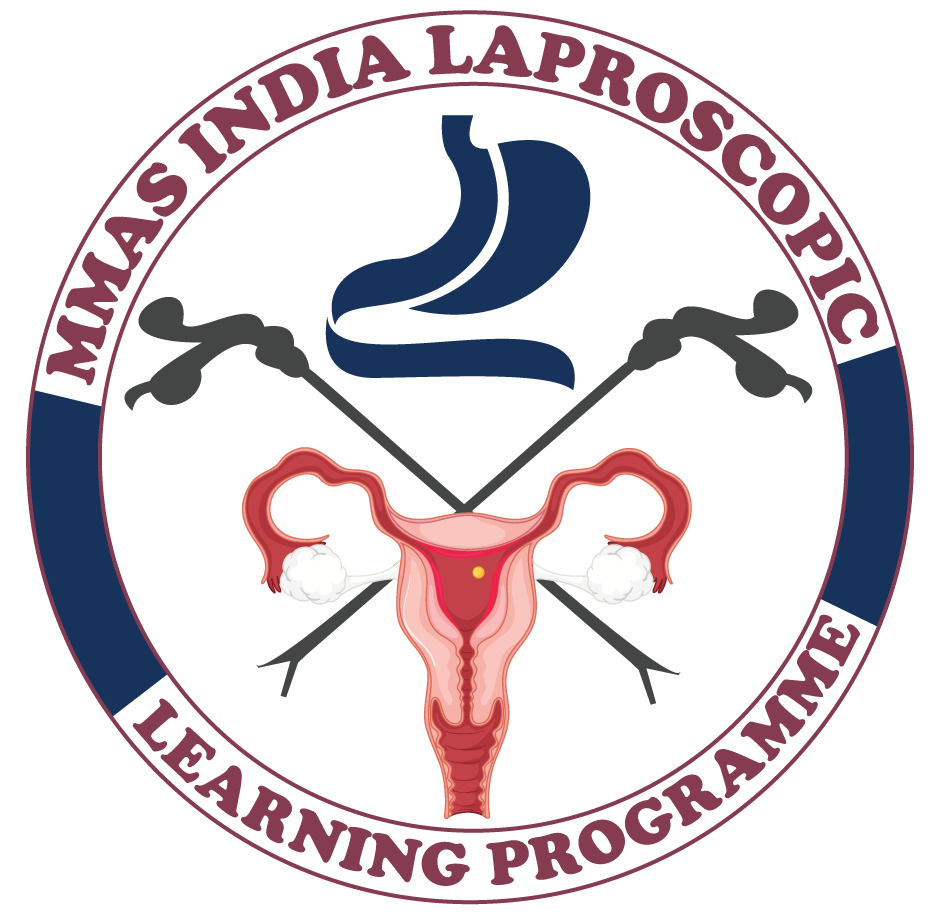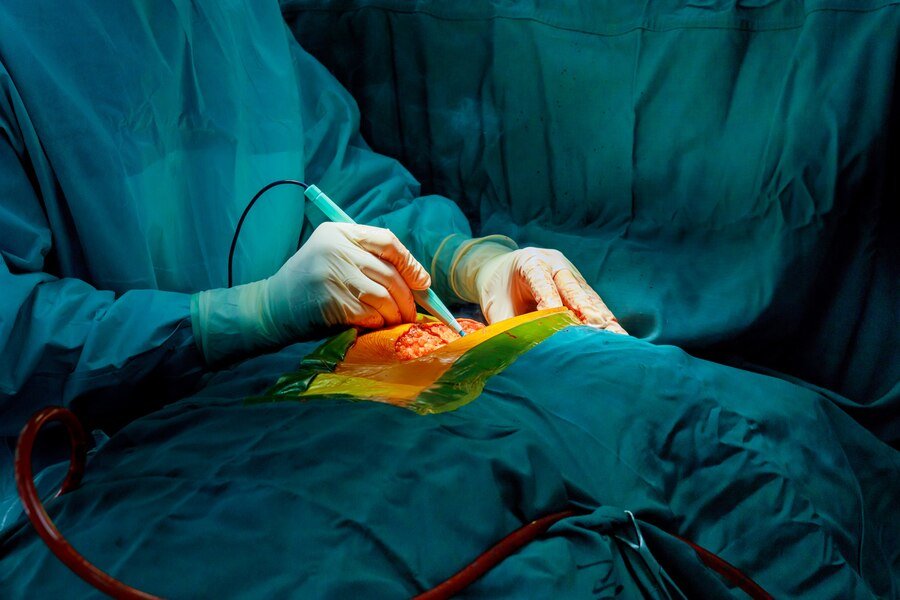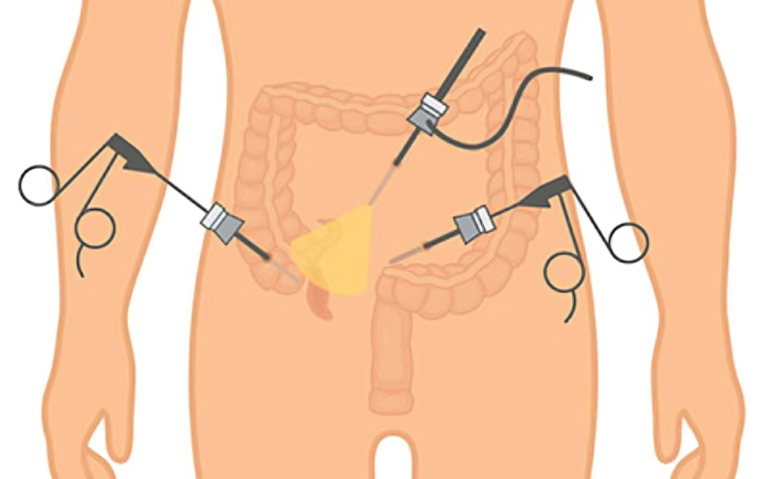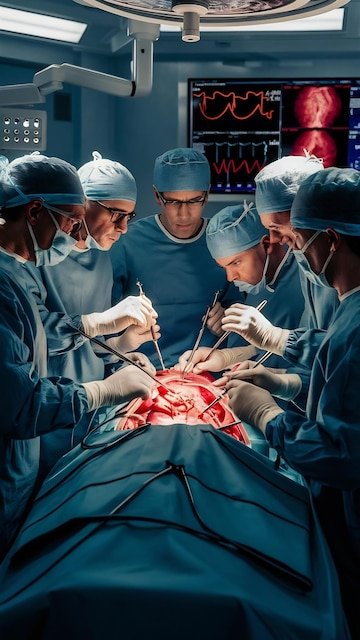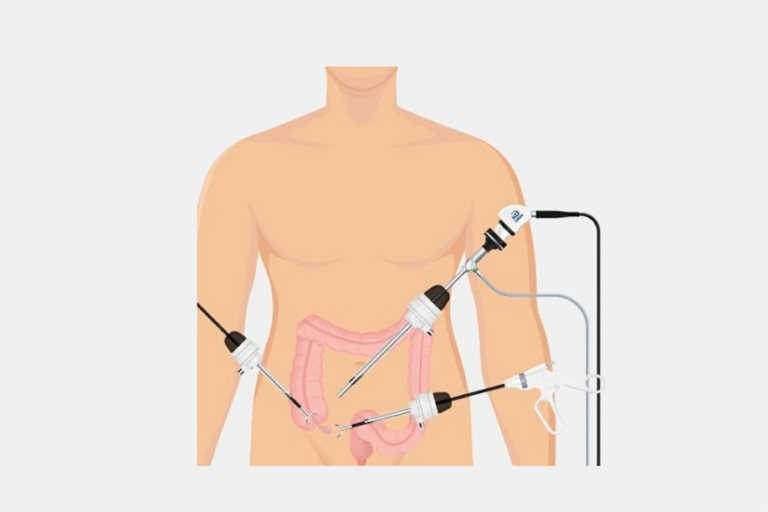Mastering Laparoscopic Cholecystectomy: Surgeon’s Perspective
Laparoscopic cholecystectomy has revolutionized the field of surgery, offering patients a minimally invasive approach to gallbladder removal. From its inception to its current status as a gold standard procedure, mastering laparoscopic cholecystectomy requires skill, precision, and a deep understanding of both the technique and patient anatomy. In this article, we delve into the surgeon’s perspective on mastering laparoscopic cholecystectomy, exploring key aspects from training to surgical technique and patient outcomes.
To Know More About It Please Click Here
Training and Preparation
Becoming proficient in laparoscopic cholecystectomy demands rigorous training and continuous education. Surgeons must first acquire a solid foundation in laparoscopic skills through simulation training and observation of experienced practitioners. Dedicated courses, workshops, and proctorship programs further hone their abilities, allowing them to navigate the complexities of the procedure with confidence.
Additionally, mastering laparoscopic cholecystectomy involves understanding patient selection criteria, preoperative assessment, and optimizing surgical planning. Surgeons must carefully evaluate each patient’s medical history, anatomy, and comorbidities to mitigate risks and ensure optimal outcomes. Adequate preparation, including imaging studies and informed consent discussions, sets the stage for a successful procedure.
Surgical Technique
The cornerstone of mastering laparoscopic cholecystectomy lies in the meticulous execution of surgical techniques. Surgeons must adeptly manipulate laparoscopic instruments within the confines of the abdominal cavity, relying on visual cues from the laparoscope to navigate anatomy and identify critical structures.
Key steps in the procedure include creating pneumoperitoneum, trocar placement, and establishing a working space. Careful dissection of the cystic duct and artery, followed by precise clipping or ligating, ensures safe removal of the gallbladder while minimizing the risk of bile duct injury. Mastery of tissue handling, hemostasis, and closure techniques is essential to reduce postoperative complications and facilitate a smooth recovery.
Challenges and Strategies
Despite its advantages, laparoscopic cholecystectomy presents unique challenges for surgeons. Variations in patient anatomy, inflammatory changes, and technical difficulties can complicate the procedure and increase the risk of intraoperative complications.
To overcome these challenges, surgeons must employ adaptive strategies and problem-solving skills. This may involve intraoperative cholangiography to delineate biliary anatomy, utilization of advanced energy devices for dissection, or conversion to an open approach when indicated. Effective communication and collaboration within the surgical team are paramount, allowing for timely intervention and optimal patient care.
Outcomes and Continuous Improvement
Mastering laparoscopic cholecystectomy extends beyond technical proficiency to encompass patient outcomes and quality of care. Surgeons must critically evaluate their results, including complication rates, length of stay, and patient satisfaction, to identify areas for improvement and implement evidence-based practices.
Continued education, participation in quality improvement initiatives, and adherence to clinical guidelines contribute to ongoing skill refinement and enhanced patient outcomes. By embracing a culture of continuous learning and innovation, surgeons can further elevate the standard of care in laparoscopic cholecystectomy and advance the field of minimally invasive surgery.
Conclusion
Mastering laparoscopic cholecystectomy represents a culmination of surgical skill, expertise, and dedication to patient care. From comprehensive training to refined surgical techniques and continuous quality improvement, surgeons play a pivotal role in ensuring safe and successful outcomes for patients undergoing gallbladder removal. By embracing the challenges and opportunities inherent in laparoscopic surgery, surgeons can optimize patient care and advance the frontiers of surgical innovation.
